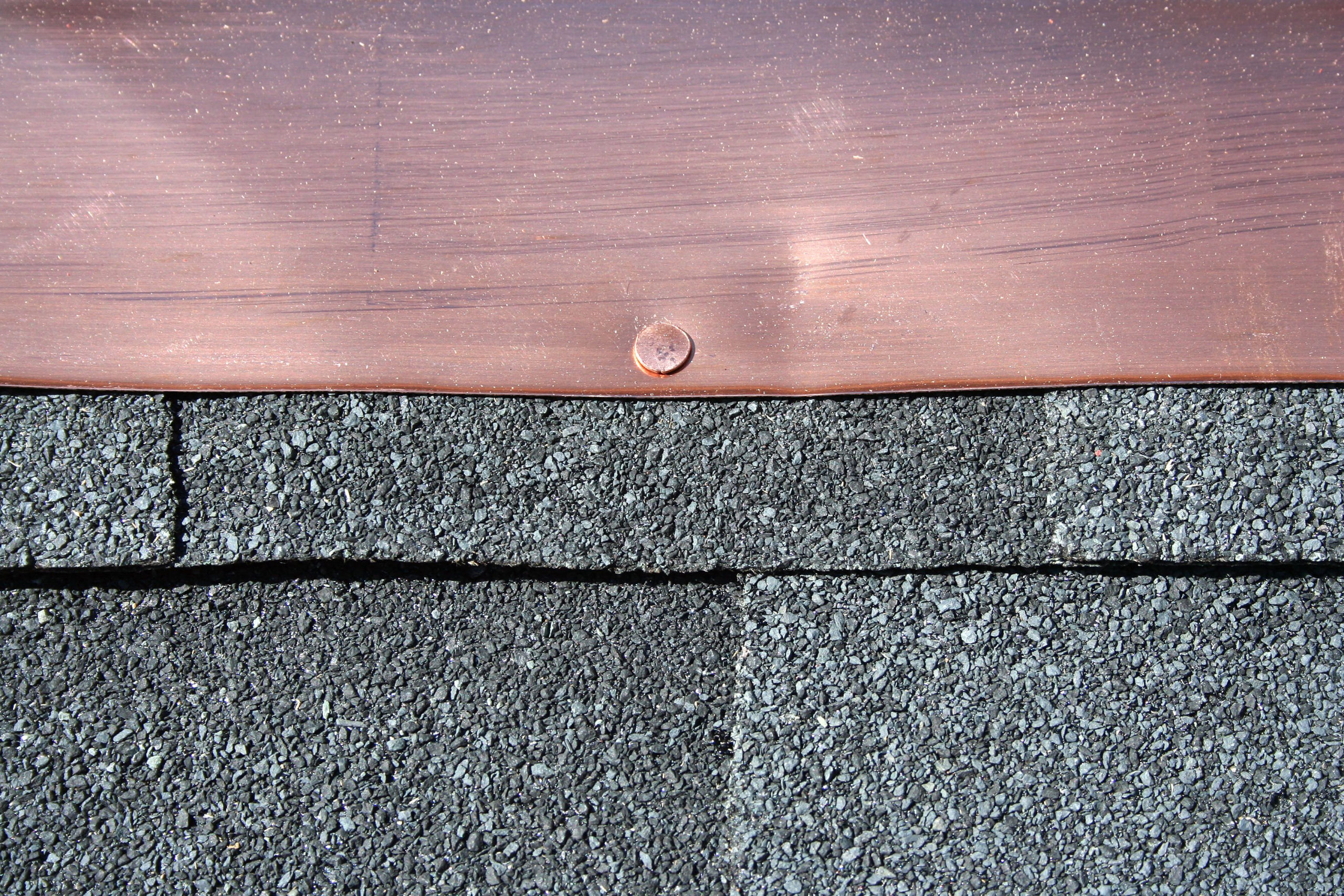Homeowners tend to just think that their roof is made up of three layers: the underlayment for moisture protection, the deck that holds the roofing structure up and the shingles to protect the roof’s exterior. However, there’s a fourth component that homeowners tend to overlook: the flashing. As soon as a professional roofing contractor shows up at the customers home to discuss the roof replacement and discuss the project with homeowners, the topic gets brought up and the customer wants to know if it is a necessity. So we thought we would write about it. Here’s everything you need to know about the roof flashing.
What is the Roof Flashing?
The roof flashing is a strip of material that is attached to the weaker parts of your roof for additional protection. These weaker areas of your roof often include the skylights, valleys, chimneys or even your dormer windows. It can be made of different materials such as like copper, which better suits historic homes; sheet metal, the most commonly used material; and rubber or plastic, which degrades over time due to exposure to the sun. Depending on which material you choose and how well you care for it, the lifespan of your roof flashing can vary.
To install a flashing on your roof, don’t hesitate to turn to roofing services from Just Quality.
Why is the Flashing Important?
As stated before, the roof flashing is an extremely important part of your roof that’s attached to its weaker areas. The reason why it’s needed is because these weak areas are incredibly vulnerable to leaks during rainy days. With the flashing, you can easily protect your roof and your home from a significant amount of moisture damage, roof repairs or replacements unnecessary.

